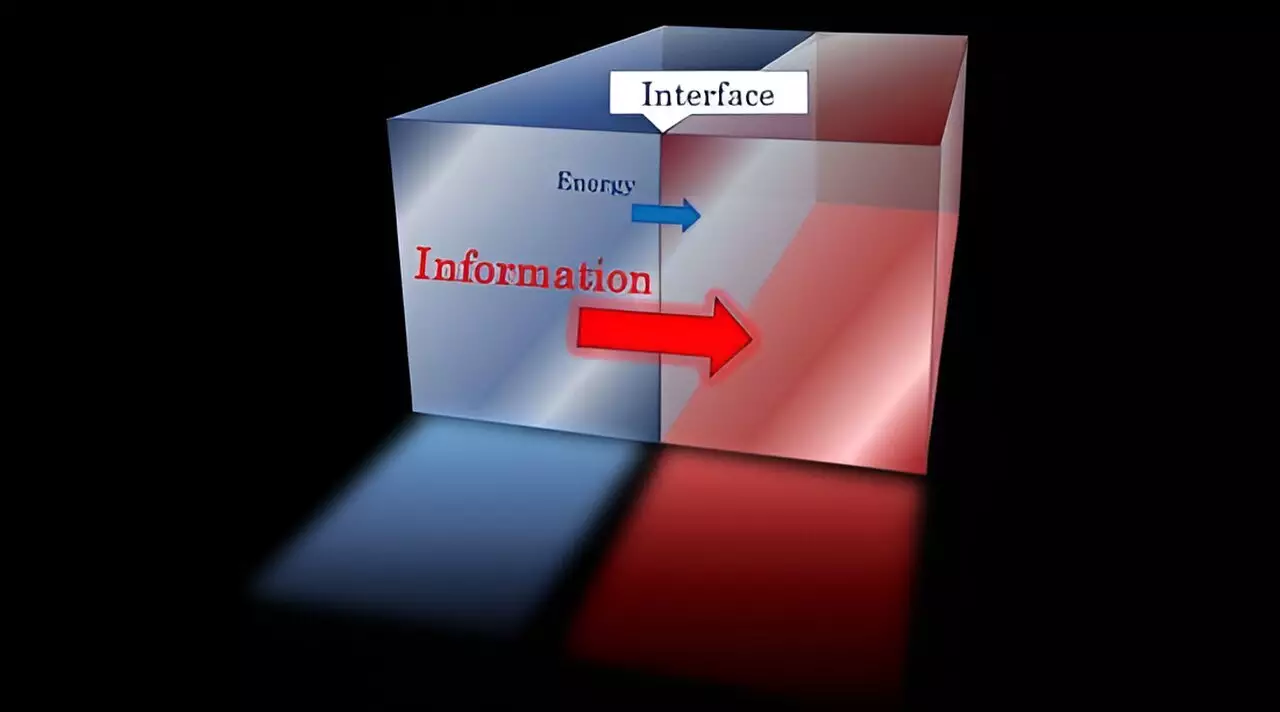Recent research has unveiled a compelling connection between energy and information transfer in quantum field theories. The study, published in *Physical Review Letters* on August 30, reveals a novel perspective on how energy and information flow across the interface of two distinct quantum field theories. This groundbreaking work holds significant implications for both theoretical physics and practical applications in fields such as condensed matter physics and particle physics.
Historically, calculating the rates of energy and information transmission across the interfaces of quantum field theories has posed a considerable challenge to researchers. The complexity of these quantum systems, particularly the interfaces connecting different theoretical frameworks, has made it difficult to derive clear mathematical relationships. The difficulty lies not only in the conceptual understanding of these interfaces but also in the inherent properties of quantum systems, which can lead to unexpected behaviors and outcomes.
The research team, led by Professor Hirosi Ooguri from the Kavli Institute for the Physics and Mathematics of the Universe and Professor Fred Kavli from California Institute of Technology, focused on two-dimensional theories with scale invariance. Their findings culminated in a series of inequalities that interrelate three essential quantities: the energy transfer rate, the information transfer rate, and the dimensionality of the Hilbert space, which is indicative of the number of available states at high energy levels. Specifically, they established the important relationship:
[ text{Energy Transmittance} leq text{Information Transmittance} leq text{Size of the Hilbert Space} ]
This relationship reveals a hierarchy where energy transmission necessitates information transfer, which in turn requires a sufficiently large Hilbert space. This insight provides a foundational framework to understand the mechanics of energy transfer not merely as a standalone phenomenon but in relation to information dynamics.
The significance of these findings transcends theoretical curiosity. By illustrating the fundamental inequalities between energy and information transfer, this study lays the groundwork for future attempts to solve complex problems in quantum field theory. The established relationship suggests that improving our understanding of information dynamics in quantum systems could lead to enhanced techniques for managing energy precisely. This could have far-reaching applications in various technological fields, including quantum computing and energy-efficient materials.
Importantly, the researchers indicated that this work does not merely present a new result but also constrains the possibilities of future research. By demonstrating that no stronger inequalities exist, they create a clear boundary for theoretical exploration. This identifies a path for researchers to deepen their inquiries into the fundamental nature of quantum systems, potentially guiding future investigations into areas such as quantum entanglement and coherence.
The recent study bridging energy and information transmission provides key insights into the intricate world of quantum field theories. With these findings, the scientific community is now better equipped to tackle the challenges of calculating transmission rates, paving the way for advancements that could revolutionize our understanding of both quantum mechanics and practical applications in modern technology.

